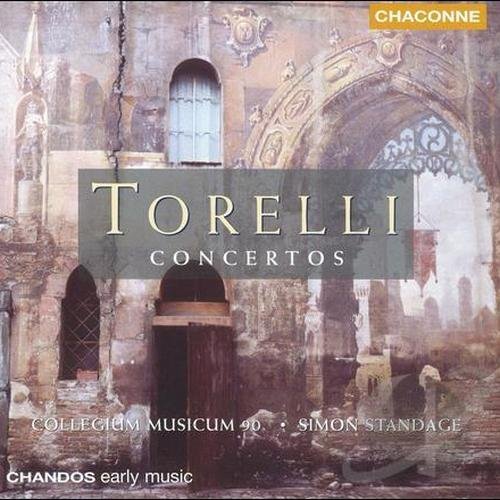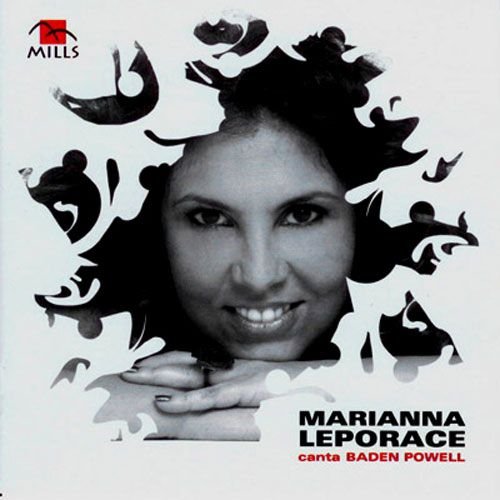Collegium Musicum 90, Simon Standage - Giuseppe Torelli - Concertos (2005)

Artist: Collegium Musicum 90, Simon Standage
Title: Giuseppe Torelli - Concertos
Year Of Release: 2005
Label: Chandos Records
Genre: Classical
Quality: FLAC (image+.cue,log,scans)
Total Time: 01:16:52
Total Size: 406 Mb
WebSite: Album Preview
Tracklist: Title: Giuseppe Torelli - Concertos
Year Of Release: 2005
Label: Chandos Records
Genre: Classical
Quality: FLAC (image+.cue,log,scans)
Total Time: 01:16:52
Total Size: 406 Mb
WebSite: Album Preview
Giuseppe Torelli (1658–1709)
[1]-[3] Concerto for two violins, Op. 8 No. 2 in A minor
[4]-[6] Concerto for violin, Op. 8 No. 8 in C minor
[7]-[10] Sinfonia for trumpet in D major
[11]-[13] Concerto for two violins, Op. 8 No. 5 in G major
[14]-[16] Concerto for two violins, Op. 8 No. 6 in G minor
[17]-[19] Concerto for two trumpets in D major
[20]-[22] Concerto for two violins, Op. 8 No. 4 in B flat major
[23]-[25] Concerto grosso for violins, Op. 8 No. 11 in F major
[26]-[28] Sinfonia for two trumpets in D major
[29]-[31] Concerto for violin, Op. 8 No. 9
Performers:
Catherine Weiss - violin
Crispian Steele-Perkins - trumpet
David Blackadder - trumpet
Collegium Musicum 90
Simon Standage violin - director
The concerto, such a familiar feature of the modern concert landscape, seems a simple thing in its opposition of individual and group. But its early history is not so simple; composers had to find structures that would support contrasts between one or more soloists and an orchestra. The "classic" Baroque concertos of Corelli actually represented a simplification of experiments carried out by earlier composers, the Bolognese Giuseppe Torelli central among them. Torelli is usually associated in Baroque listeners' minds with a few trumpet concertos, two of which (labeled sinfonias) are heard here. The short concertos for one or two violins (mostly six or seven minutes long, for three movements) are rarer but very attractive. They don't have the clean symmetries of the Vivaldian concerto, instead exploiting various ways of breaking up a movement into solo and tutti. Although short and essentially compact, each movement has an aspect of free imagination that is nicely brought out by the veteran English early music conductor and violinist Simon Standage, who joins with several other well-known soloists from Britain's historical-performance movement. In Vivaldi, the approach Standage uses here would seem too laid-back by half, but here it effectively captures the small surprises in the music. Even the trumpets of Crispian Steele-Perkins and David Blackadder, copies of Baroque instruments from around 1700, speak in quiet voices, quite unlike those of some of the instruments of the day and ideally matched to Standage's overall presentation. Couple all this with sound that is clear yet distanced enough to let the players blend together, and you have a recording well suited to anything from a long commute to a serious library of Baroque music.





![Marju Kuut - Marju Kuut: Üksi, kuid vabana (2025) [Hi-Res] Marju Kuut - Marju Kuut: Üksi, kuid vabana (2025) [Hi-Res]](https://www.dibpic.com/uploads/posts/2025-12/1765641100_cover.jpg)


